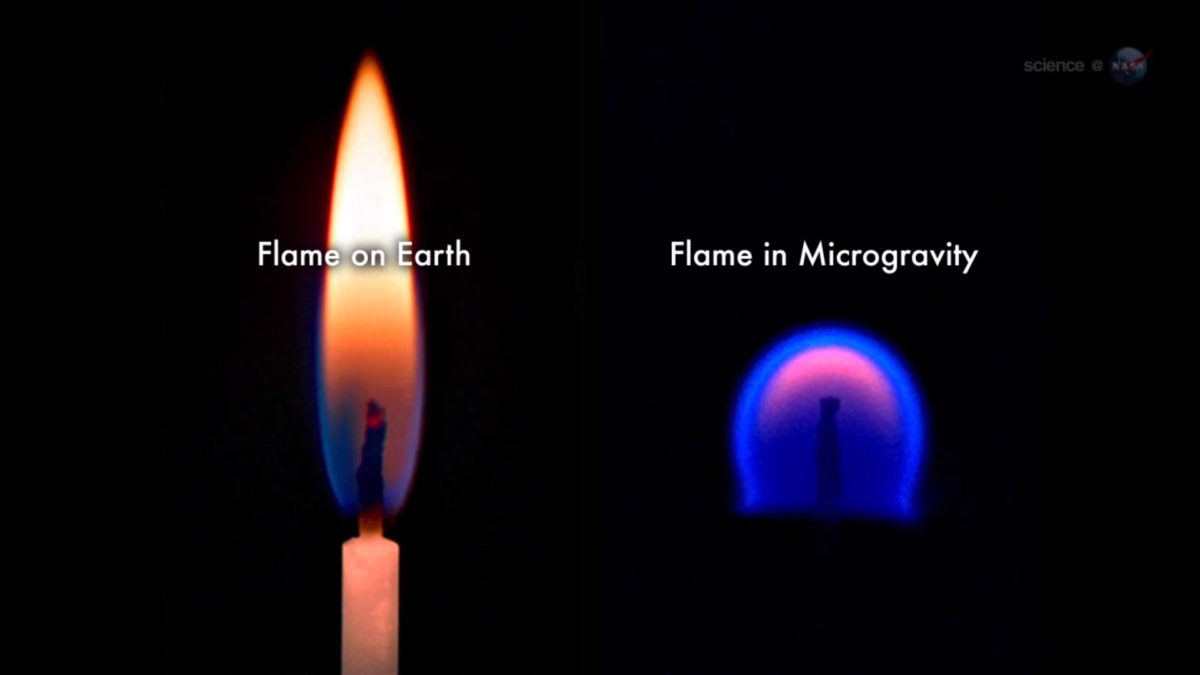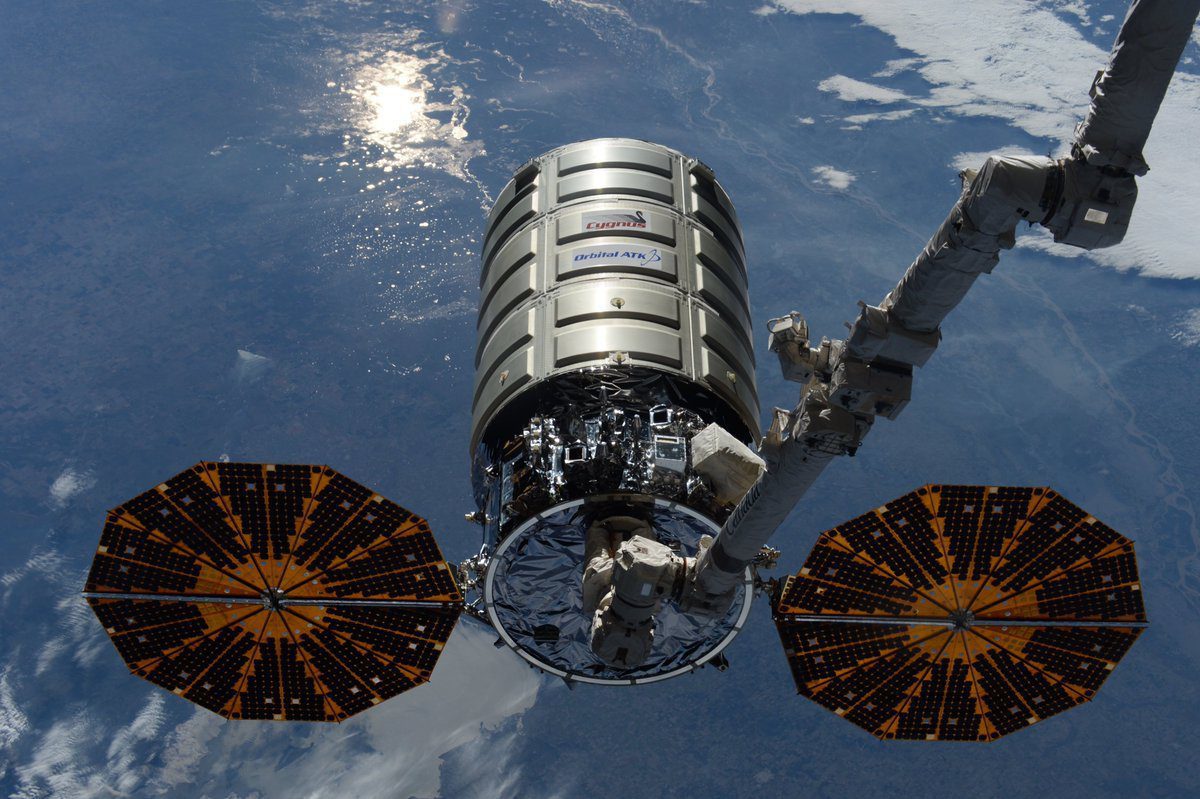Jason Davis • Jun 14, 2016
Scientists play with fire aboard trash-filled cargo spacecraft
This afternoon, NASA started a fire aboard a trash-filled cargo spacecraft.
But it was all in the name of science.
Engineers at the agency's Glenn Research Center in Cleveland are studying how large-scale fires spread in space. The blaze was ignited inside an Orbital ATK Cygnus vehicle that departed from the International Space Station this morning at 9:30 a.m. EDT (14:30 UTC). Cygnus moved to a safe distance before the experiment—which took place in a box about the size of two suitcases—began.
The #Saffire experiment, designed to understand fire in microgravity, is now burning successfully. #NASAexplores pic.twitter.com/QJ5IZ9gpcF
— NASA Glenn Research (@NASAglenn) June 14, 2016
Cygnus arrived at the ISS back in March carrying three-and-a-half tons of crew supplies and science experiments. The spacecraft doesn't have reentry capabilities like SpaceX's Dragon or the Russian Soyuz, and is thus destined to end each of its missions via destructive atmsopheric reentry.
Why not squeeze some additional mileage out of Cygnus, then, before it makes its final plunge? That's the aim of Saffire-I, the first of several upcoming in-space fire experiments. Because crewed spacecraft aren't great places for open flames, scientists have only experimented with small-scale fires until now.

Today's conflaguration burned through a fiberglass-cotton cloth about the size of a small bath mat. Video cameras recorded the experiment, and the resulting data will be transmitted back to Earth over the next few days.
Here's a short overview of Saffire-I from the folks at NASA Glenn:
Short Saffire experiment overview Video: NASA Glenn Research Center
In a NASA article from March 3, principal investigator David Urban said Saffire-I is designed to answer two questions: "Will an upward spreading flame continue to grow or will microgravity limit the size? Secondly, what fabrics and materials will catch fire and how will they burn?"
That's important information for astronauts making multi-year journeys to deep space, where emergency returns to Earth aren't possible.
Actually, even in the relative safety of low-Earth orbit, fires can be catastrophic. The biggest in-space flare-up to date happened on February 24, 1997 aboard the Mir space station. Here's a NASA History Office account of the fire; for further reading I also recommend the book Dragonfly.
From the history office:
"We immediately started fighting that fire," [NASA astronaut Jerry Linenger] reported later from Mir. "You had to react to the situation, you had to keep your head about you, so I guess it was just a matter of survival. Going through your mind were thoughts—'We need to get that fire out.'"
The situation was critical. The fire blocked the only path between the crew and one of the two Soyuz vehicles. At the moment, there was a way of escape for only three of the six men onboard the station.
NASA said imagery from the burn should come in overnight. Cygnus will remain in orbit until June 22.

Support our core enterprises
Your support powers our mission to explore worlds, find life, and defend Earth. You make all the difference when you make a gift. Give today!
Donate

 Explore Worlds
Explore Worlds Find Life
Find Life Defend Earth
Defend Earth

